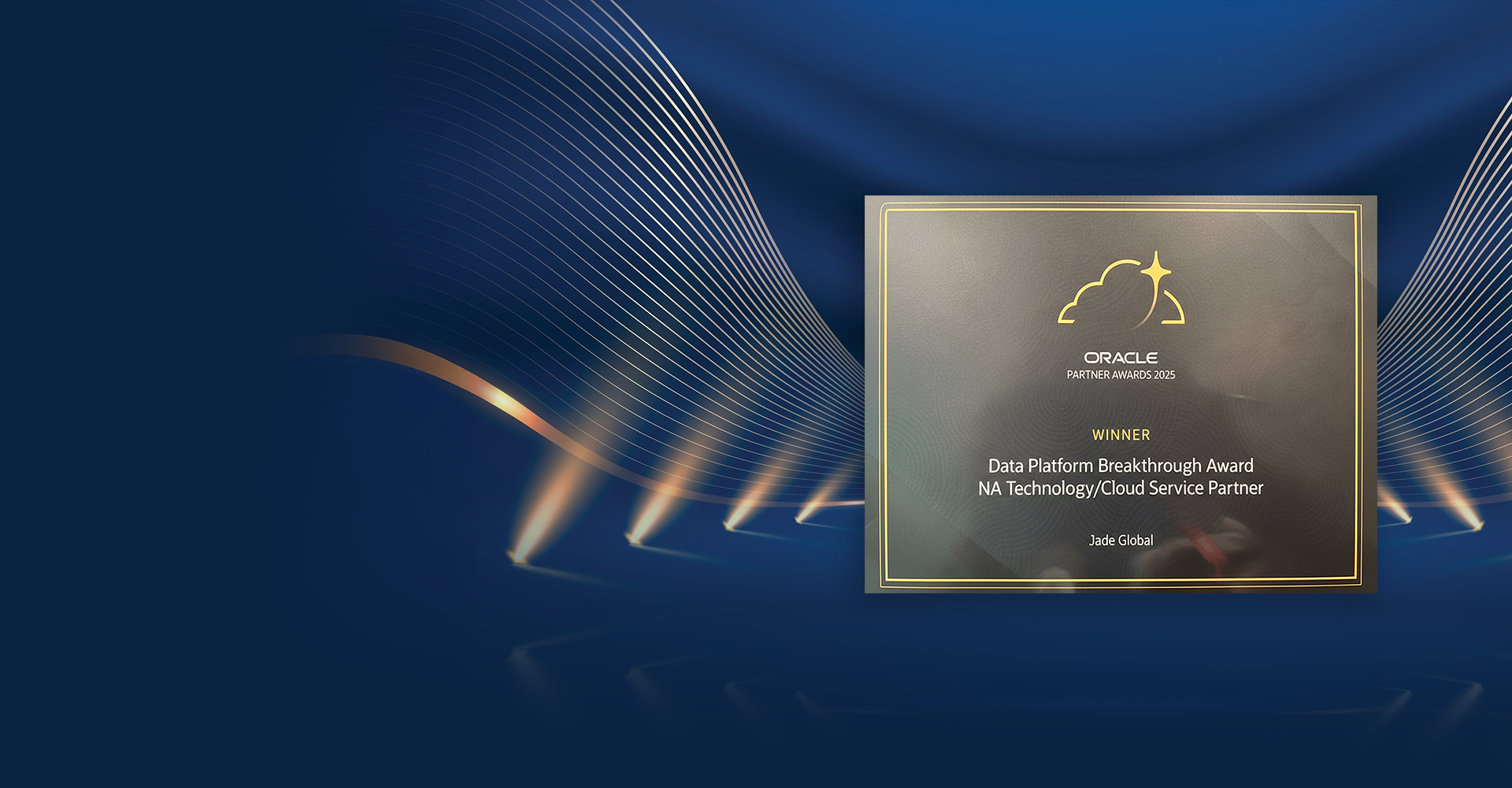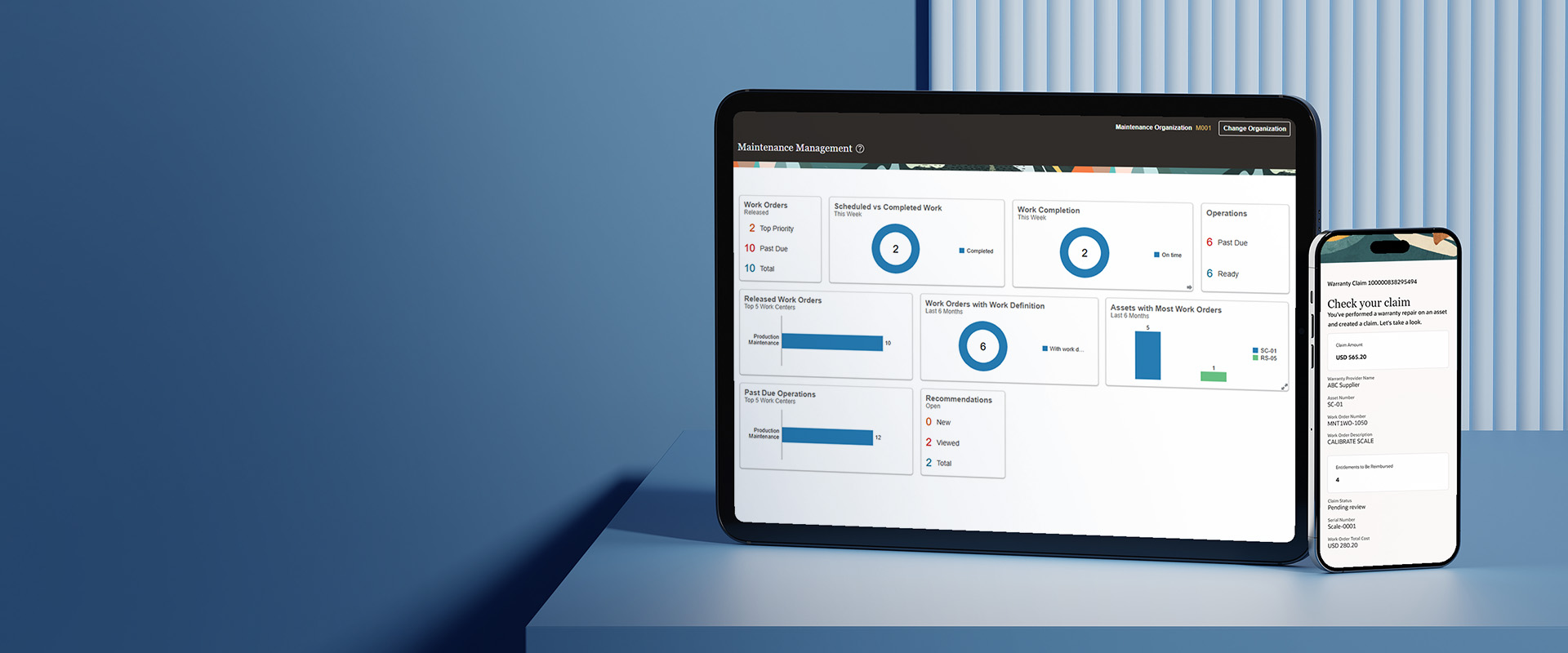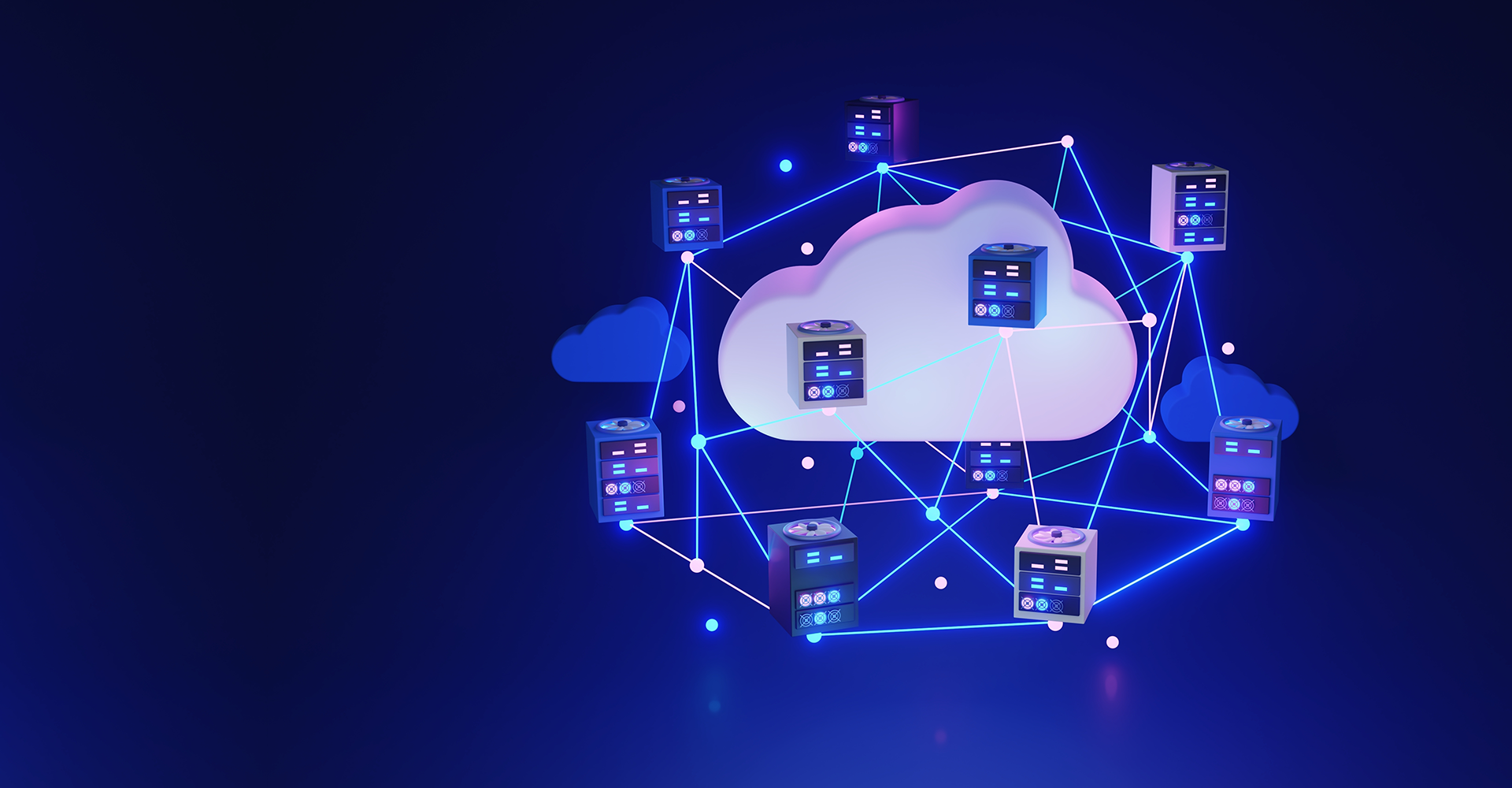Last month, I spent three days at Oracle Open World attending speeches and discussions, meeting people and viewing the vendor exhibit hall. The messaging was loud and clear. Technology is rapidly changing - The Internet of Things (IoT), Enterprise of Things (EoT), Cloud, Mobile, Big Data, Analytics, Digital Enterprise were all key phrases repeated everywhere. The focus was how to better engage with your customers, employees or partners. The goal to increase revenue through new and innovative products and more personal customer interactions, and reduce cost through improved collaboration between employees, and with partners. With the new focus and so many options, businesses are looking for a leader to guide them.

It is clear to me - the business need is changing and with that change comes, I believe, great opportunity for the CIO and IT. Gartner refers to the present time as the Third Era or the Digitization Era of Enterprise IT (reference from Taming the Digital Dragon). And, it is believed that the transition to this era is and will continue to be just as disruptive as the Year 2000 transition was from high cost, large IT teams, creating in-house developed apps to lower cost, smaller teams with more packaged software. This new era brings the focus to customer experience, innovation, consumable data, and giving and getting access anywhere, any time.
Many of you may remember when Cisco introduced the Internet of Things (IoT) a little over a year ago; promoting the expansion of the amount and type of data that can be collected, analyzed and used to make business decisions. Just a short year later we have integration to Smartwatches, FitBits, sensor clothing, GPS, security cameras, Facebook, email, texts, and numerous other things that capture valuable information.
This year at Oracle OpenWorld, for the first time, I heard Hitachi promote the Enterprise of Things (EoT). And this got me thinking. The EoT is focused more on how you structure your enterprise to maximize the use of all that is available in this highly technological environment we have today. This is the perfect inflection point for the CIO.
While I certainly do not have all the answers, I do believe the CIOs and their team need to think about things differently than they have in the past. Some things I think IT should do to reposition themselves in the leadership role:
- Ask different questions – not just how can I help my company’s Customer Support team be more efficient and effective to support our customers, but rather what type of experience do we want our customers to have with us? Do we want to provide true 24x7 support? I am not talking about the type of support that ‘follows the sun’, that requires you to retell your story every 8 hours to the new support person, but one that carries the story from person to person. If we want that improved experience, what do we need to change in our process and systems to make that information flow seamlessly from group to group?
- Expect a different customer interaction – the past two generations of people have never seen a world without constant connect with cell phones and tablets. They rarely read a newspaper or book in the printed form. They have access to international information at the tips of their fingers. They share daily activities and significant events through social apps, such as Facebook, allowing them to keep the pulse on their friends anywhere all the time without sending a letter or making a phone call. The user interface for our internal and external systems needs to keep that in mind. The next generation of consumers and workers are looking for a completely different interaction than we have today.
- Help the business use the information that is gathered – this is not an easy task. There is so much available data out there and now there is the hardware and software to gather and rationalize it into something that we can use – but the question is what do we want? Collecting lots of data but not using it effectively to attract customers, drive sales, improve employee retention, or manage partners is just taking up a lot of valuable disk drive real estate.
You may be thinking these seem pretty obvious, and they are, but sometimes you have to get back to the basics and ask yourself are you actually addressing these areas? I feel the wave of change is accelerating and CEOs are looking for a leader to create the vision and roadmap and guide their company to take full advantage of what the technology offers to improve revenue and remain competitive. Why shouldn’t that leader be the CIO?













